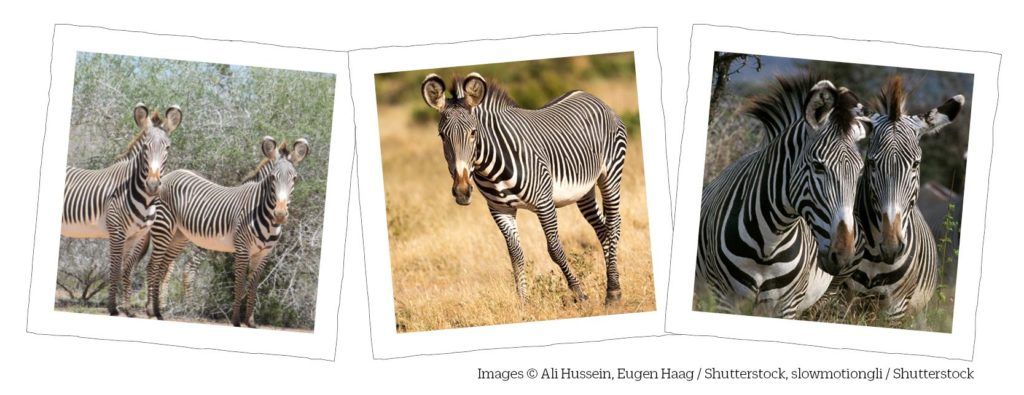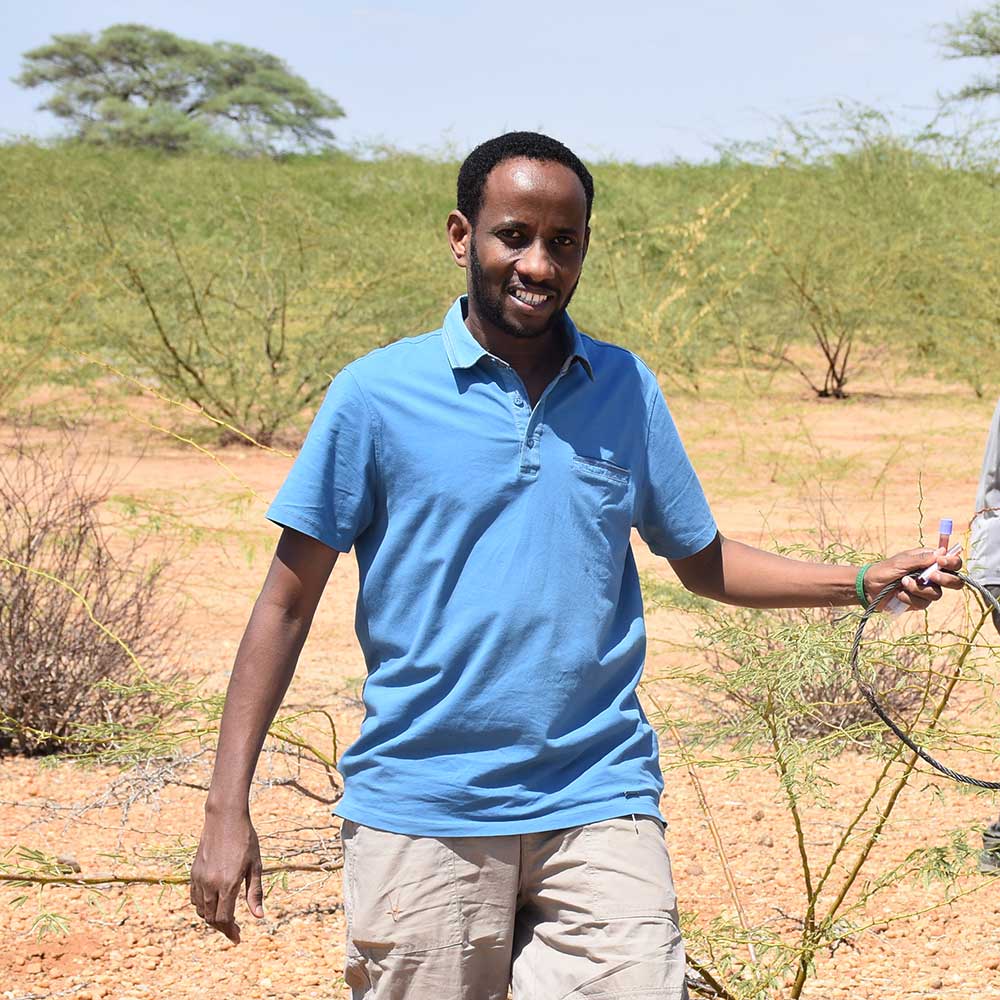Zebra appeal
Make your donationGrevy’s zebras are the most threatened species of zebra in the world, with only 2,500 left in the wild.
Native to Kenya and Ethiopia, Grevy’s zebras are well-adapted to dry grasslands and savannahs and play a vital role in maintaining these plains. But sadly, their population has plummeted by 85% since the late 1970s. Their habitat is overgrazed by cattle, forcing zebras to compete for food, and the plains are now so degraded that there simply isn’t enough food to go round. Starvation is a real risk. Severe and recurring droughts are also a huge problem, and particularly threaten zebra mothers who desperately need water to feed their foals.

Most Grevy’s zebras living in central Kenya are well studied and included in national conservation plans. But there are some forgotten herds roaming in east Kenya which are at risk of being wiped out. It’s crucial that we give them the help and protection they desperately need. We think there are 80-100 zebras left in this region, and with so few left, each one is vital to the survival of the species.
We’re working with the award-winning conservationist, Abdullahi Ali, who’s protecting the forgotten zebras in this region. Can you help zebras with a donation?
Ali is local to the area and devoted to the wildlife he knows so well. He understands the landscape, the people, and the many challenges here. Ali and his team are carrying out a complete Grevy’s zebras survey where he’ll count them, map where they are and search for other isolated herds to protect. Thanks to their unique coats, it’s possible to identify each individual zebra. With this information, these forgotten zebras will finally be included in the national zebra database and conservation plans.
Not everything is black and white, but we can make a difference.
This is the vital first step to provide all Grevy’s zebras with a safe haven in Garissa, east Kenya. Ali and his team will establish new protected areas and set up a sanctuary for zebras. This predator-proof sanctuary will help Ali’s team bolster zebra numbers, before gradually releasing them back into the surrounding grassland. Meanwhile, they’re busy restoring the surrounding areas to ensure there’ll be enough food for zebras and other wildlife to graze. So far, they’ve cleared 400 acres of invasive trees and seeded 1,000 acres of new grassland. Encouragingly, zebras have already been spotted in these restored areas.
With so few Grevy’s zebras left in the wild, every individual matters. The zebras in east Kenya are absolutely vital to the survival of the species. We don’t want to miss a single one. Can you help?
Thank you.
Did you know?
• Zebras are actually born with brown and white stripes – the brown darkens to black as they get older.
• Grevy’s zebra mothers sometimes leave their foals in a ‘nursery’ guarded by a male, while they search for water.
• Zebra herds are sometimes called ‘dazzles’ because of the dazzling effect when a group of zebras run together.



